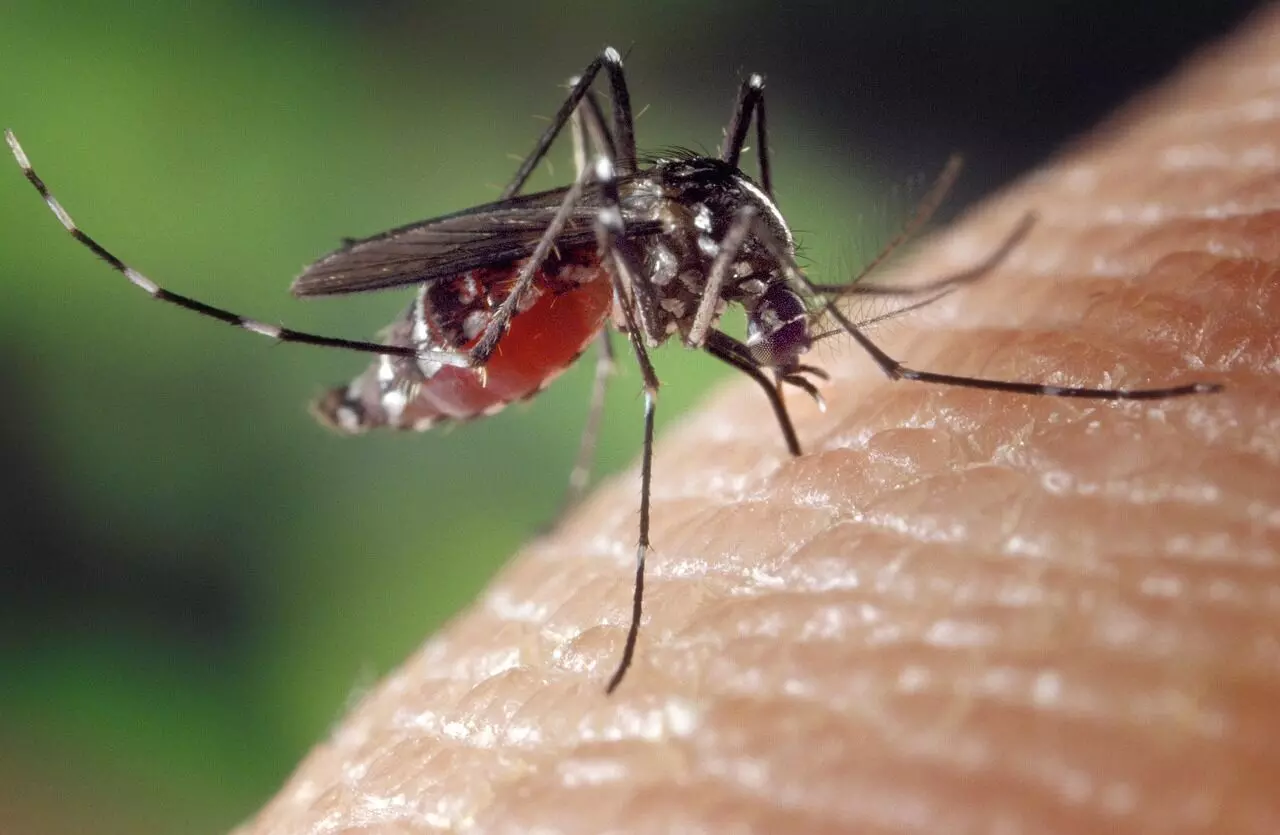Japanese Encephalitis outbreaks expose Assam’s healthcare gaps yet again
Assam must move beyond knee-jerk responses and adopt an integrated, sustained approach to tackle preventable killer diseases like JE, malaria, and gastroenteritis.

Early symptoms of JE include high fever, stiff neck, and severe headaches (Representational Image)
That Japanese Encephalitis (JE) continues to be a killer disease in the State is a poor reflection on its healthcare delivery. While fatalities have been smaller compared to those in the two previous years, this is hardly any consolation, given that 10 deaths have already been recorded from across the State. Another alarming development concerns the outbreak in non-traditional areas.
What is somewhat incomprehensible is why the vulnerable segments of the populace are not vaccinated against the disease. As the fatalities indicate, both prevention and the absence of timely treatment are the factors contributing to the wide prevalence of the dis-ease. Notwithstanding incentives and punitive actions, our doctors and paramedics are often reluctant to serve in backward and interior areas, creating a barrier to health-care access for a large segment of the populace.
The health authorities and the district administrations need to act in tandem-and in mission mode to ease the situation. Steps such as fogging and bed-net impregnation should be taken in the vulnerable areas well ahead of the disease outbreak, which generally starts in May and lasts up to August.
This being a well-known fact, there is rea-son to believe that more than anything else, it is the in-competence of the authorities that is perpetuating the killer disease.
Curative aspects apart, timely preventive action - which is also cost-effective - can go a long way in checking the recurrence of killer diseases like malaria, encephalitis and gastroenteritis. Certain belts in the State are notorious for these diseases but despite that preventive intervention remains conspicuous by absence.
Besides government interventions, the abysmal lack of awareness among the masses on the basic do's and don'ts vis-à-vis prevention and containment of such preventable diseases is also fuelling a spurt in these diseases. Matters such as the need to use mosquito nets and approaching health authorities immediately once the symptoms manifest are generally ignored by many people, aggravating the situation.
But this should not distract from the fact that the health authorities have failed to do their bit in sensitising the masses and enhancing their awareness levels, especially among those living in vulnerable areas. JE in particular has been a killer disease, often assuming epidemic proportions in several districts of lower, central and up-per Assam.
While the health department keeps on shouting that there are enough medicated mosquito nets for distribution among the needy living in the encephalitis-and malaria-prone areas, yet, for reasons best known to it, the nets are not reaching the beneficiaries. Another imperative is to adopt a holistic strategy to address health-care lacunae rather than acting in a knee-jerk manner. An integrated approach to healthcare is what the State needs to realise the dream of 'health for all.'
